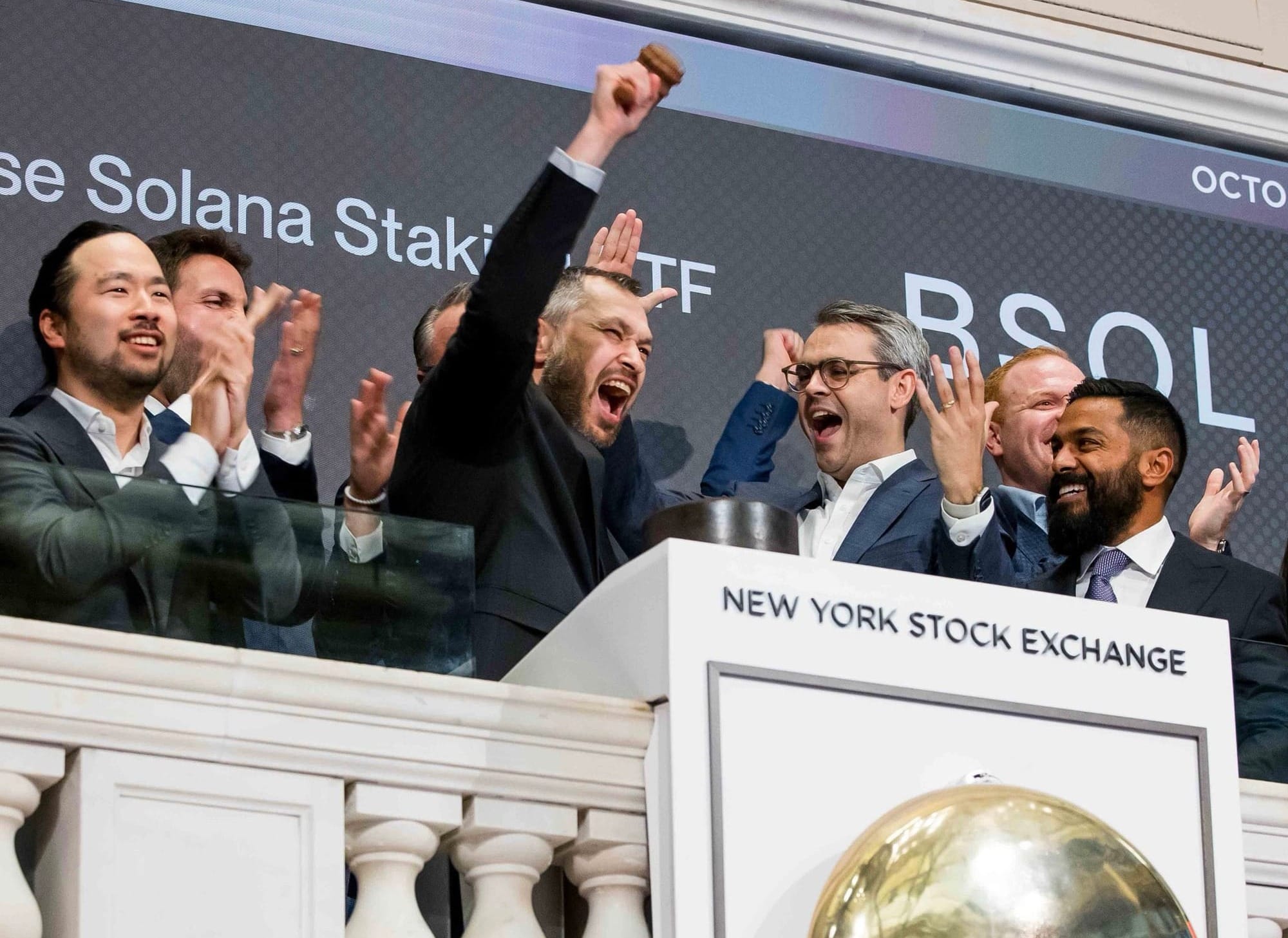Solana Ecosystem Buyback Guide: Decoding the Buyback Mechanisms and Real Impact of 9 Major Projects
Author: fabiano.sol
Compiled by: Tim, PANews
There are over a dozen projects on Solana that are currently undergoing buybacks, but:
- Who is conducting 100% buybacks?
- Who destroys the tokens after the buyback?
A complete guide to Solana's ecosystem buyback program.
1.deBridge
deBridge is using 100% of its revenue to buy back its own tokens, and the specific handling plan after the buyback is yet to be announced.
To date, they have repurchased 3% of the token supply. At this rate, they will be able to repurchase nearly 20% of the circulating supply within a year.
2. Marinede
Marinade uses 50% of its monthly revenue to buy back MNDE tokens.
Marinade boasts an annualized revenue of $170 million, which could generate significant buying interest for a token with a market capitalization of only $140 million.
The future use of these repurchased tokens will be determined by the DAO.
3. Jupiter
Jupiter is using 50% of its protocol revenue to buy back its own tokens.
They transferred the repurchased tokens to a burn address. To date, Jupiter has repurchased 95 million JUP tokens, representing 1.37% of the total supply.
Tomorrow we will discuss a plan for handling the repurchased tokens.
4. Jito
The Jito platform will use 1.5% of TipRouter fees to periodically buy back JTO tokens and then burn them.
Based on current market prices, this move will result in the repurchase and burning of more than 11 million JTO tokens annually (representing 1.1% of the total supply).
5. Bonk
Bonk has introduced several token buyback and burn measures.
In this case, I will only focus on LetsBONK.
The LetsBONK project will use 50% of its revenue to buy back BONK tokens from the open market and burn them.
6. Metaplex
50% of the protocol's revenue will be allocated to the DAO each month, specifically for MTPLX token buybacks.
In the past 30 days, the Metaplex protocol has generated $1.56 million in revenue, of which 50% (i.e., $780,000) was used to buy back approximately 3.5 million MPLX tokens for the Metaplex DAO, representing more than 0.3% of the total supply.
7. Raydium
Raydium tokens have an extremely low annual issuance of only 1.9 million (total supply is 555 million).
Raydium will use 12% of its transaction fees to buy back RAY tokens.
This brings the repurchase ratio to 5% of the current circulating supply.
8. Pump Fun
The Pump.fun platform currently generates over $1 million in daily revenue and uses 100% of that revenue to buy back tokens.
In September, they bought back $55 million worth of PUMP tokens, which would allow them to buy back approximately 30% of the circulating supply within a year.
9. Streamflow
39% of the Streamflow protocol's revenue is being used to buy back STREAM tokens and distribute them to stakers.
Taking July 2025 as an example, this means that 39% of the $247,000 in revenue that month (i.e., $96,330) will be used for STREAM token buybacks and staking reward distributions.
Recently, Magic Eden also launched a token buyback mechanism, which has repurchased 111,000 ME tokens and will use them all for staking rewards (the scale is expected to expand further in the future). Step Finance has also invested all of its platform revenue (including revenue from businesses such as Solanafloor and Remora Markets) into token buybacks.
You May Also Like

Billionaire Ricardo Salinas: "It's Still Early for Bitcoin" - Calls BTC "The Ultimate Hard Asset"

Bitwise Solana Staking ETF Records $72 Million Second-Day Volume
